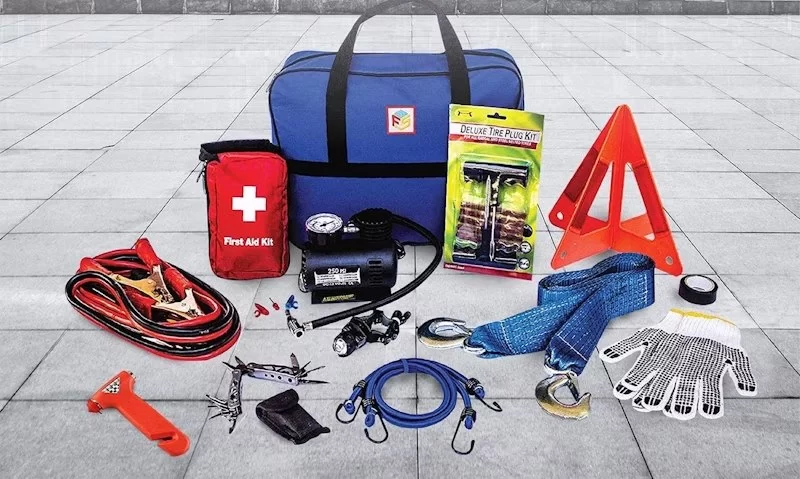- #understanding—the-importance-of-an-emergency-survival-kit
- #choosing—the-right-essentials-for-your-car-kit
- #seasonal—adjustments-and-special-considerations
- #storage—tips-for-quick-and-safe-access
- #real—life-incidents-that-prove-the-value-of-preparedness
- #how—pine-cliff-resort-can-help-you-get-the-best-gear
Understanding the Importance of an Emergency Survival Kit
When you’re on the road, unexpected situations can arise — from sudden snowstorms to mechanical breakdowns. A well-packed emergency survival kit for your car can mean the difference between a manageable inconvenience and a dangerous ordeal. It’s not about being paranoid; it’s about being prepared, ensuring you and your passengers have the tools and supplies needed for safety and comfort until help arrives.
The safety mindset
Drivers who maintain a complete car survival kit tend to react calmly in emergencies because they know they’re equipped to handle them. Preparedness is not just for remote travelers — even urban drivers can find themselves stranded due to traffic incidents or severe weather.
Choosing the Right Essentials for Your Car Kit
Your kit should cover basic needs: food, water, warmth, light, and first aid. Include non-perishable snacks, bottled water, a thermal blanket, a flashlight with extra batteries, and a fully stocked first-aid kit. Don’t forget basic repair tools like jumper cables, a tire inflator, and a multipurpose tool for unexpected fixes.
Adding personal safety items
Items such as a reflective vest, road flares, and a whistle can greatly increase your visibility and safety in low-light or roadside situations. Keeping a charged power bank ensures your phone stays functional when you need it most.
Seasonal Adjustments and Special Considerations
In winter, supplement your kit with extra blankets, hand warmers, and a small shovel for digging out of snow. In hot climates, additional water, electrolyte packets, and sun protection gear become crucial. If you often travel with children or pets, pack extra food, comfort items, and protective gear for them as well.
Thinking ahead for longer trips
For extended road journeys, include maps or an offline GPS device in case you lose signal. Small luxuries like instant coffee, tea bags, or a compact camping stove can provide comfort and warmth in a prolonged wait.
Storage Tips for Quick and Safe Access
Pack your emergency kit in a sturdy, waterproof container to protect supplies from damage. Place it in an easily accessible location in your trunk or cargo area so you can reach it quickly without unpacking your entire car. Keep smaller essentials like a flashlight or first-aid kit within arm’s reach in the glove compartment or door pockets.
Maintenance matters
Check your kit every three to six months to replace expired food, depleted batteries, and worn-out supplies. A survival kit that’s outdated can create a false sense of security.
Real-Life Incidents That Prove the Value of Preparedness
One winter in the Midwest, a family was stranded overnight during a blizzard after a highway closure. Their stocked car survival kit, complete with thermal blankets, snacks, and a flashlight, kept them safe and calm until rescue teams arrived. Similar stories from drivers caught in summer traffic jams during heatwaves also highlight how a few thoughtful items can prevent discomfort or even medical emergencies.
Learning from others
These real accounts underline that emergencies don’t wait for the “right time” — they happen anywhere, anytime, making preparation non-negotiable.
How Pine Cliff Resort Can Help You Get the Best Gear
Pine Cliff Resort offers high-quality, field-tested gear that’s ideal for building a reliable emergency survival kit. From rugged storage boxes to specialized roadside safety tools, the right equipment ensures you’re not just prepared but confident in your readiness.
Investing in your safety
With expert recommendations and durable products, you can customize your kit to suit your driving habits, climate, and personal needs, making every journey safer and more enjoyable.







